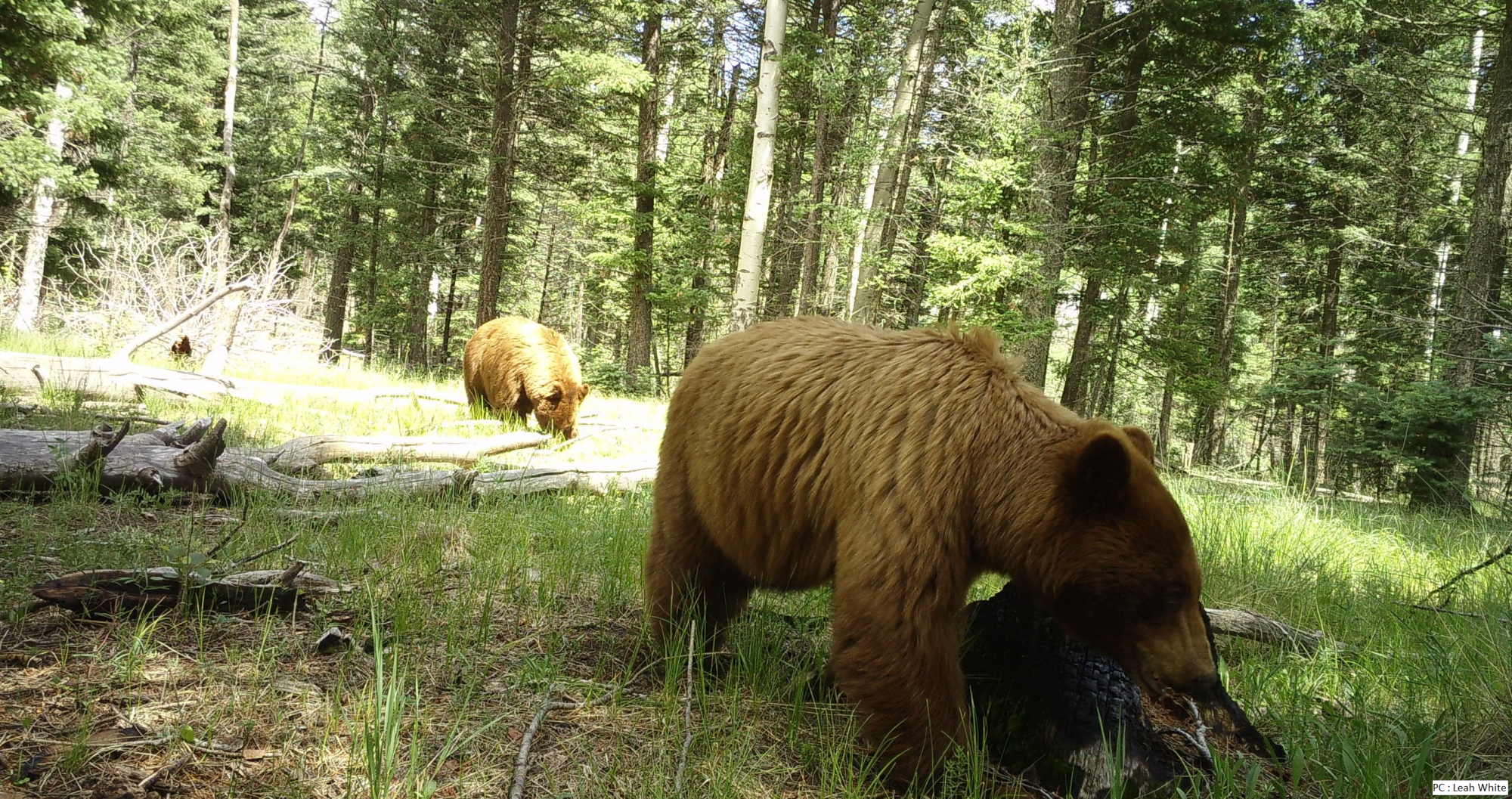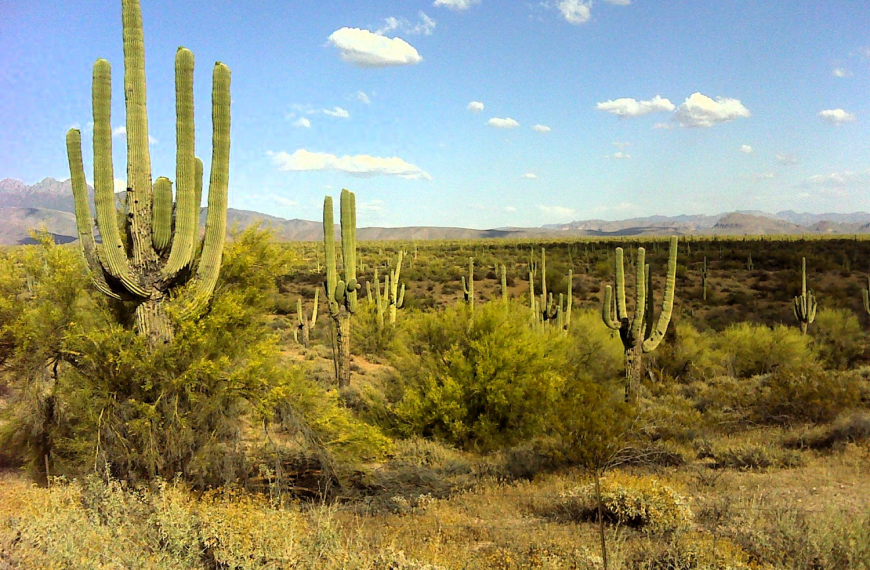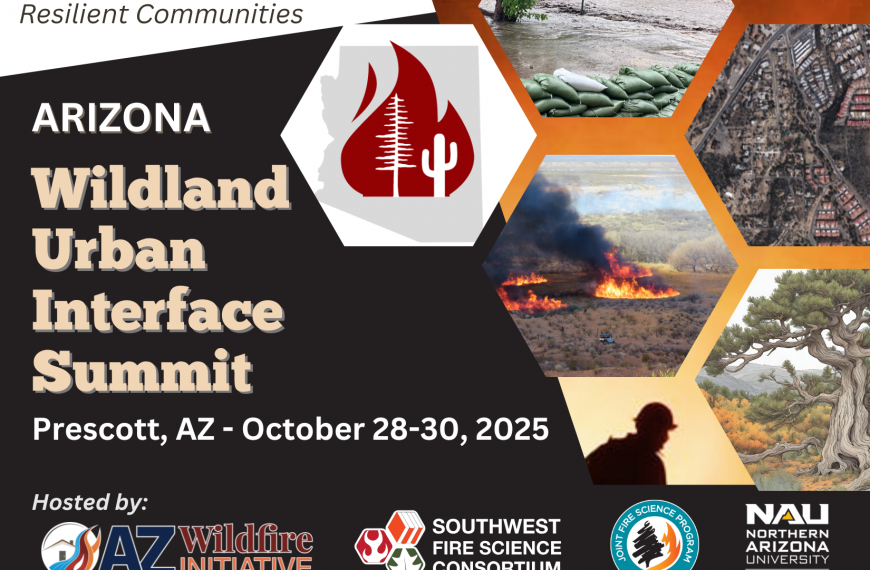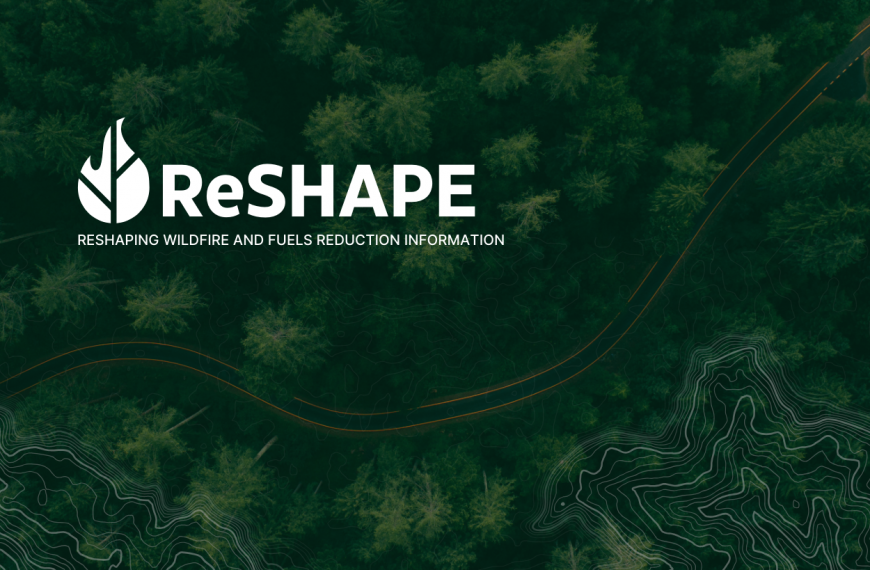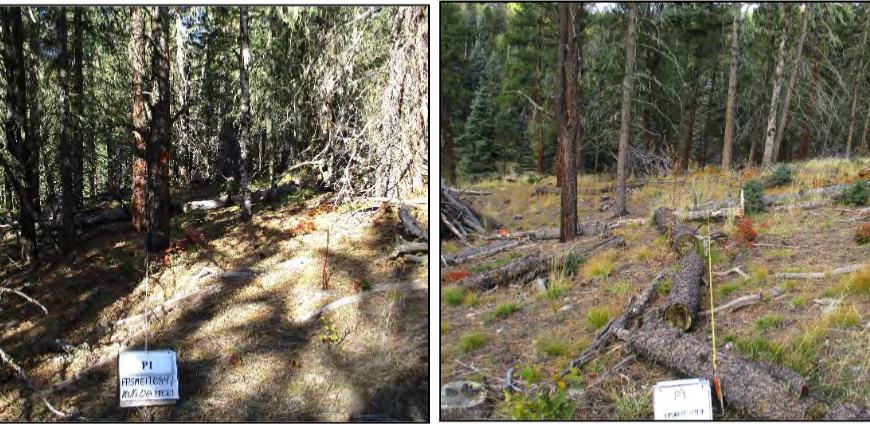In a nutshell: This presentation provides valuable insights for managers seeking to reduce wildfire risk while maintaining or enhancing habitat for black bears or sympatric species in fire prone landscapes.
Recorded on: Apr 9, 2025 at 10:00AM Pacific / 11:00 AM Mountain
Description: An era of fire suppression, compounded by selective harvesting of large diameter trees and overgrazing, has altered historical fire regimes in the western United States. These fire and land management practices have left many western forests with increased fuel loads and high densities of small diameter trees. In addition to increased wildfire frequency and severity, increased tree densities have been associated with decreased biodiversity, and reduced habitat quality for some species. Large, high severity wildfires are costly to manage, cause major property damage, and can drastically alter landscape and ecosystem functions. In response to the increasing frequency and size of high severity fires, managers are attempting to mitigate altered fire regimes using restoration thinning and prescribed burns to reduce fuel loads and restore historical forest structure and fire regimes. As mitigation treatments become more common, there is a need to understand the effects of large-scale forest manipulation on wildlife and habitat. Using GPS locations spanning 2012-2022 within the Jemez Mountains, our objective is to assess multi-scale seasonal resource selection functions to determine how black bears respond to wildfires and forest restoration treatments, including the effect of fire severity, time since the disturbance, and other environmental and topographic variables relevant to black bears.
Speaker: Matt Keeling, Department of Fish, Wildlife and Conservation Ecology, New Mexico State University
This webinar is co-hosted by the Arizona Wildfire Initiative.
Register for all our webinars and get the zoom link delivered automatically to your inbox each month! You can also unsubscribe at this link. REGISTER FOR ALL WEBINARS HERE.

